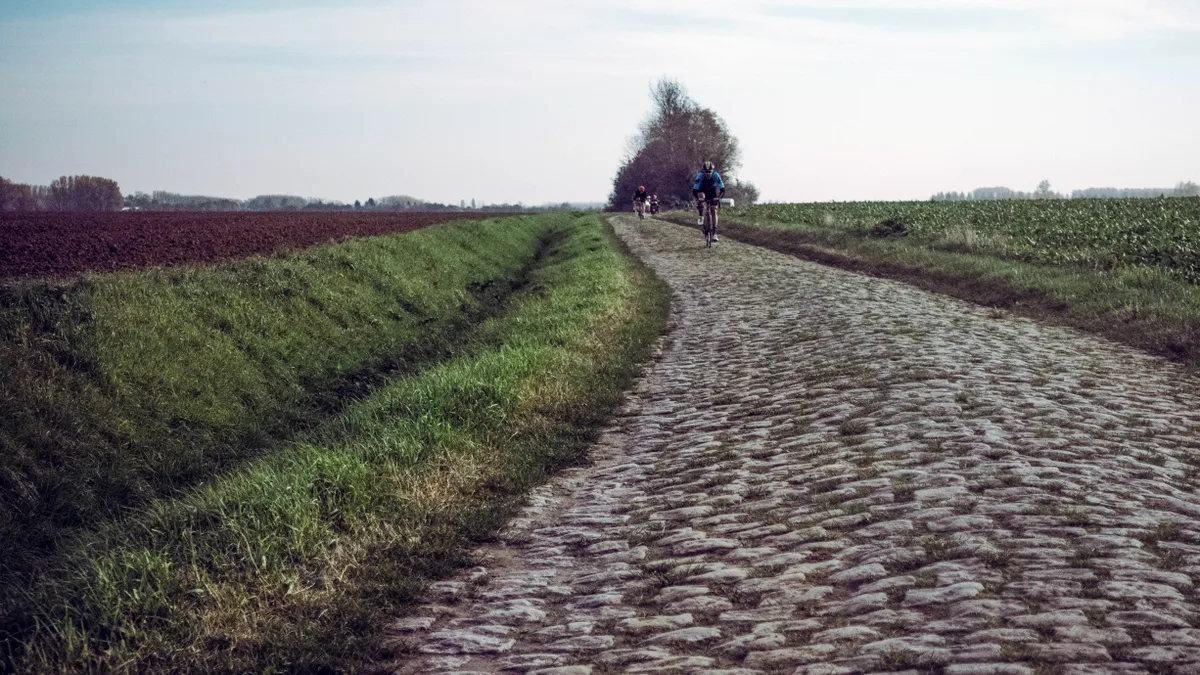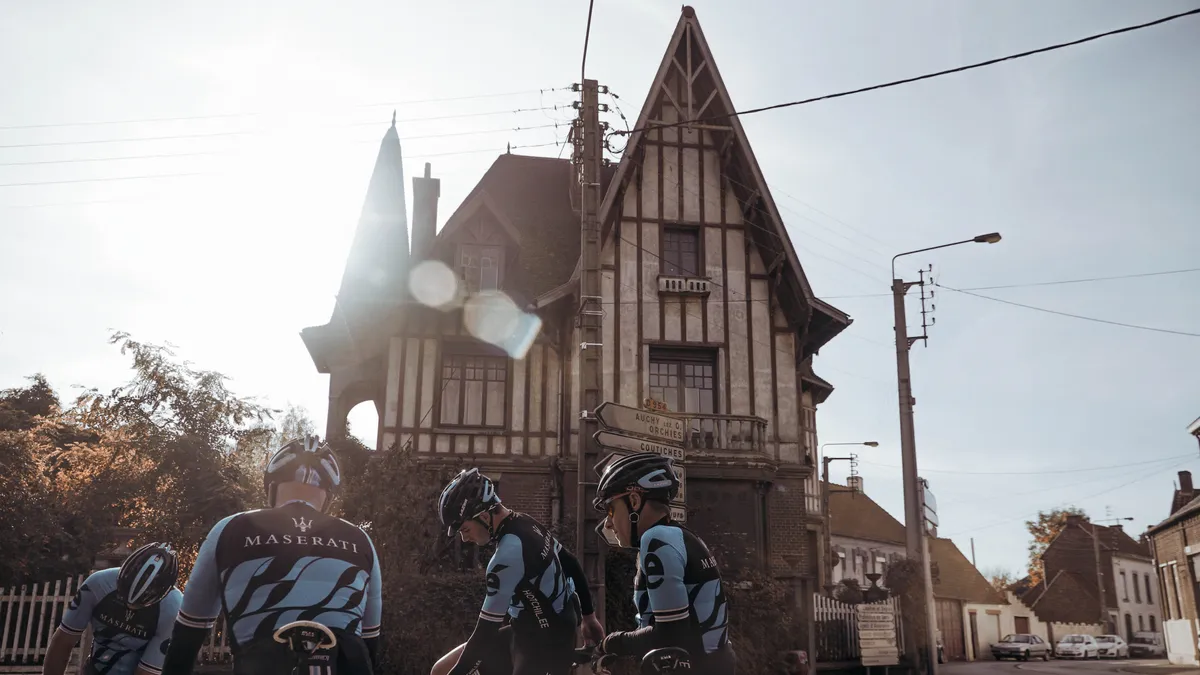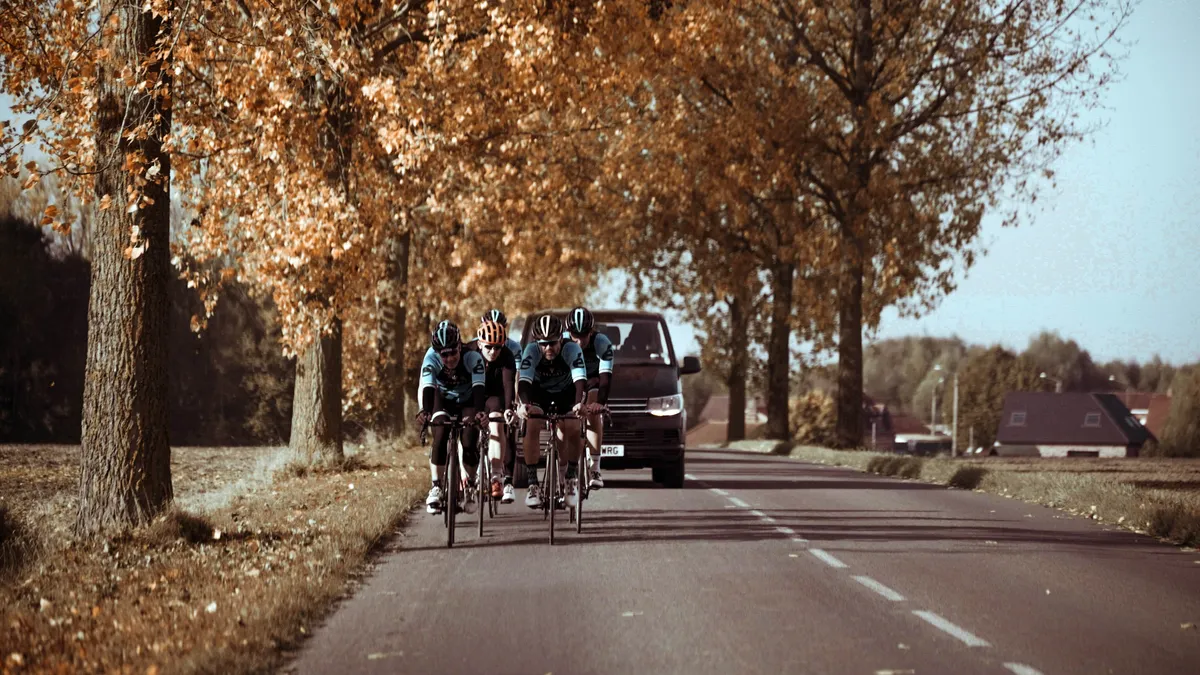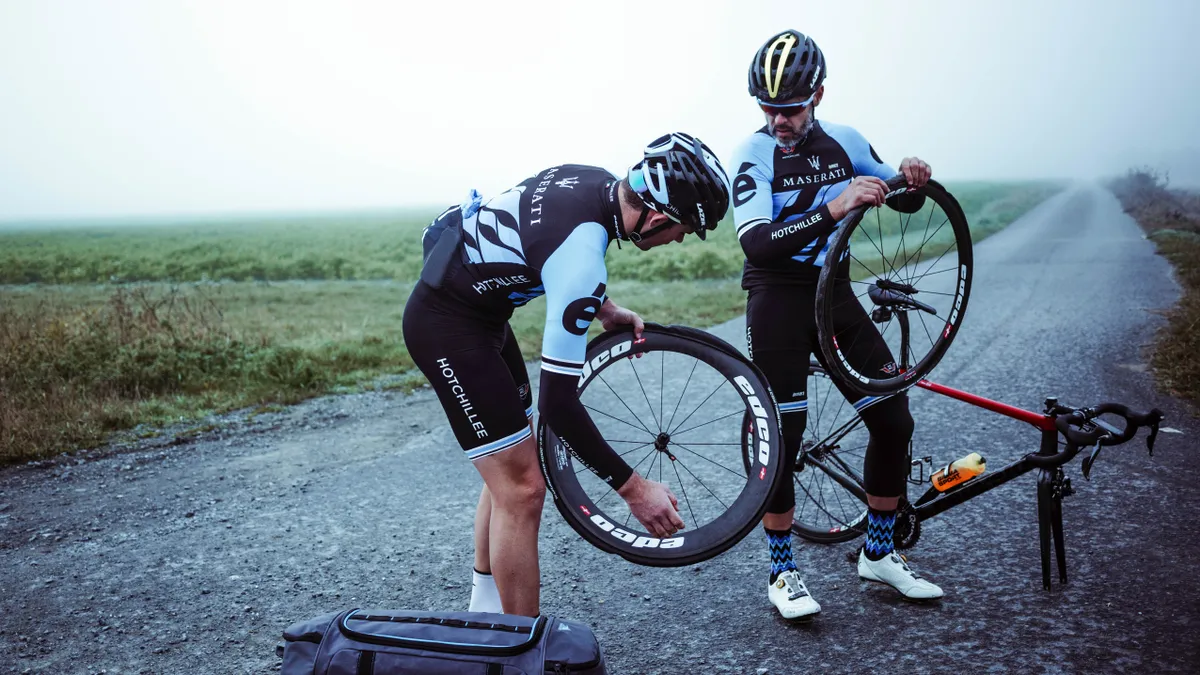Arguably the greatest one-day cycling race in the world, Paris-Roubaix is a race every cycling fan has to watch in person at least once. But what’s it like to ride? BikeRadar’s Josh Evans headed over there to find out…
- Paris-Roubaix massive tech gallery
- Specialized Roubaix 2017 review
- Paris-Roubaix: Mathew Hayman’s Scott Foil
A short history of Paris-Roubaix

The race’s first edition was held in 1896 and it’s since grown in stature to become one of cycling’s five ‘Monuments’, generally considered to be the oldest, hardest and most prestigious one-day event in road cycling. Paris-Roubaix includes some of the longest, toughest stretches of cobbles in cycling, like the notorious forest of Arenberg.
The smooth, smaller cobbles of the Tour of Flanders seem like riding on thick carpets compared to the worst secteurs of the Roubaix route
As its name implies, the race goes from near Paris — modern editions of the race actually depart from Compiègne — to the town of Roubaix in Northern France, just shy of the Belgian border. Often called the Hell of the North, many cycling fans believe the name refers to the brutality of racing on the cobbles. In fact, the term came from a description of northern France after the First World War, during which the area was bombed heavily.
The 2016 edition, won by Mat Hayman, was the 114th running of the race. The 257.5km event featured 27 secteurs of the feared pavé for a total of 52.8km on stones. Of the 199 riders on the startlist, only 119 finished, some nearly 25 minutes behind Hayman.
We were invited to recce the new route of an exclusive '2-day spring classic' held by event organisers HotChillee, which takes in the final 111km of the actual race route, includes 17 sections of brutal cobbles and finishes in the iconic Roubaix velodrome.
How to prepare for the cobbles

The pavé of Paris-Roubaix is unlike any other cobbled race. The smooth, smaller cobbles of the Tour of Flanders seem like riding on thick carpets compared to the worst secteurs of the Roubaix route.
Hundreds of years of abuse result in the cobbled sections having a huge convex centre, while some of the potholes can be more accurately described as craters the size of family cars. Get your line wrong through these sections and you’ll be lucky to get off with just a puncture.
With this in mind, a few customisations to your bike are recommended for the ride:
- 28mm (or wider) tyres
- Drop your tyre pressure to at least 80psi
- Double wrap the handebar tape
- Tape your wrists
See how the pros prepare their bikes for Paris-Roubaix.
The route we covered
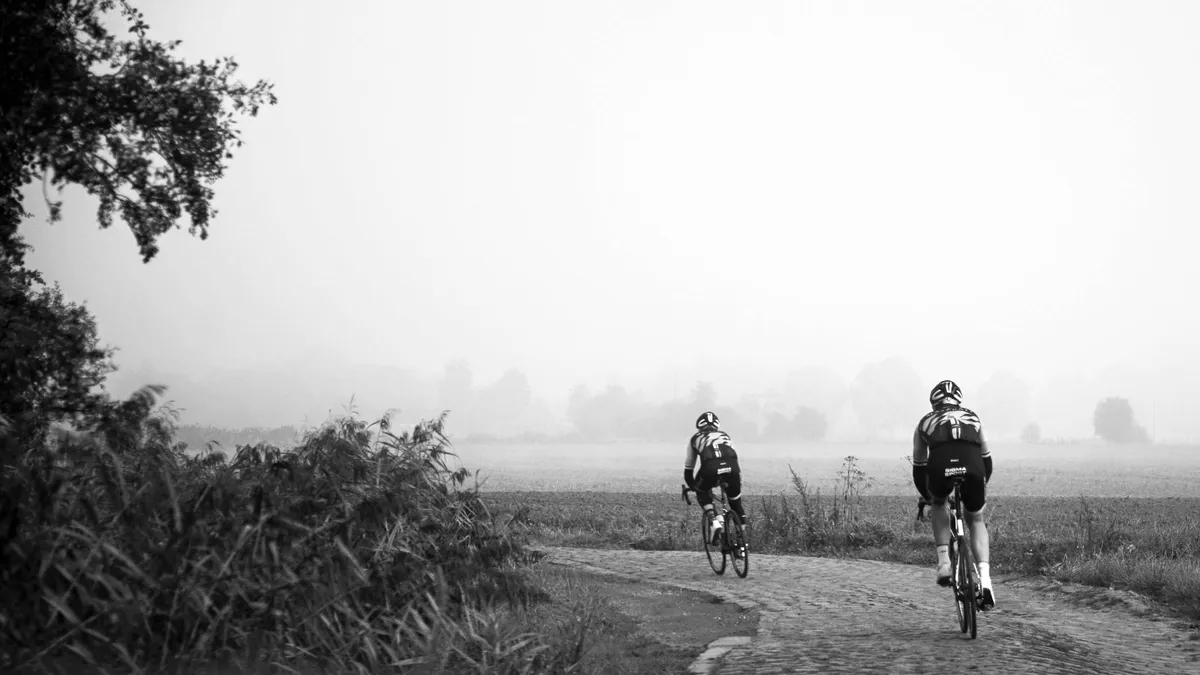
Setting off from Valenciennes, the route begins with around 10km of small urban roads before hitting the famous Arenberg Forest and the first secteur of cobbles.
The cold morning mist was still in the air, making this iconic secteur even more special: all cycling fans must experience the Arenberg as a rider, or spectate the famous race at least once.
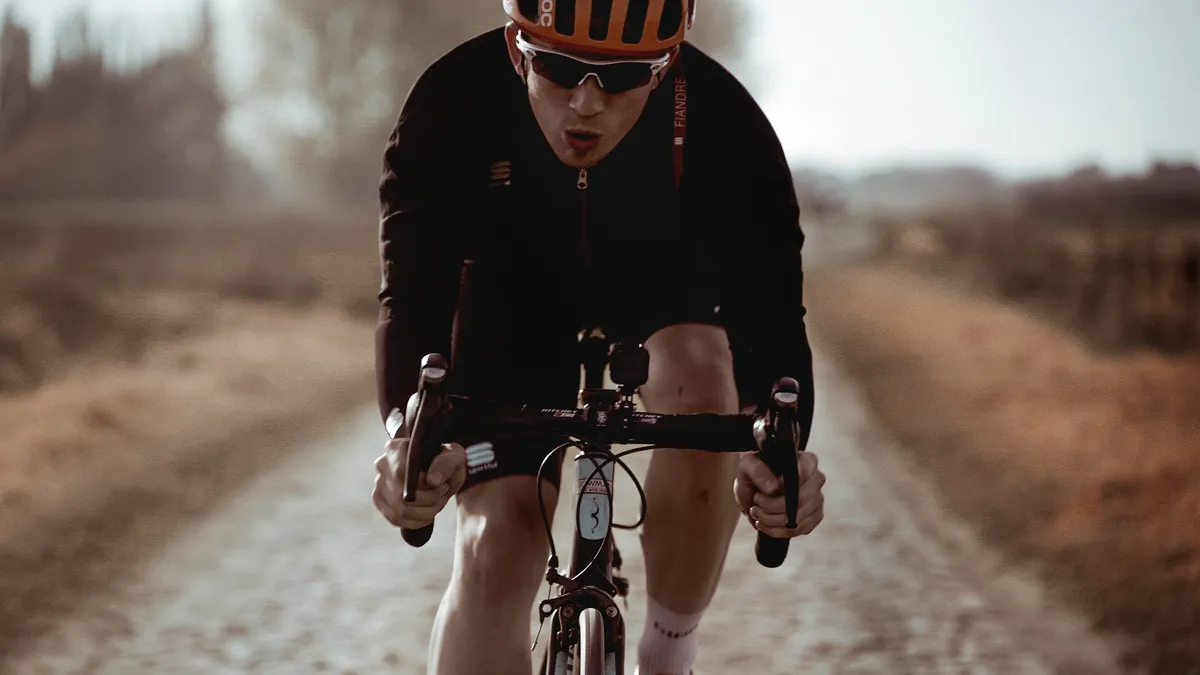
After the Arenberg, we followed the 16 remaining secteurs in this flat, rural area of France, interrupting the local hunters who were shooting game in the crop fields. The morning mist eventually broke, leaving beautiful blue skies and dry, slightly more manageable cobbles.
After 111km of (several) punctures, brutal cobbles and beautiful rural scenery, we entered the iconic outdoor velodrome in Roubaix. A few laps later, including some obligatory sprints for the line, we finished our day by taking lots of photos. It was one of the most spectacular and memorable days I’ve ever had on a bike.
Josh travelled with HotChillee, a specialist in cycling events. Prices for this trip start at £351, www.HotChillee.com
p.p1 {margin: 0.0px 0.0px 0.0px 0.0px; font: 16.0px Arial} p.p2 {margin: 0.0px 0.0px 0.0px 0.0px; font: 16.0px Arial; min-height: 18.0px} span.Apple-tab-span {white-space:pre}
